

If your cleaning machine abruptly ceases operation, there are several factors that might be at play. One of the primary culprits is often an overheating motor. These devices have built-in thermal protection that activates when the temperature exceeds safe limits, leading to an automatic shutdown. To prevent this, ensure you allow sufficient rest periods between uses, especially during extended cleaning sessions.
Another frequent reason revolves around water supply issues. Insufficient water flow can trigger an automatic shutdown to protect the pump from damage. Make sure the hose is kink-free, and check for any obstructions in the water inlet. A consistent water supply is crucial for optimal performance.
Electrical problems can also interrupt operation. Inspect the power cord and plug for any visible damage. A faulty electrical connection may not deliver a consistent flow of power, leading to unexpected stoppages. Additionally, ensure the outlet you’re using is functioning properly and can handle the equipment’s power requirements.
Lastly, keep in mind that clogged filters and nozzles can impede performance. Regularly cleaning these components can enhance efficiency and prevent unwarranted interruptions. By addressing these common issues, you can enhance the reliability of your power cleaner and maintain its performance.
Understanding Frequent Shutdowns of Your High-Pressure Cleaning Tool

Examine the power source; weak connections or tripped breakers can disrupt operation. Make sure the extension cord used can handle the required amperage, as inadequate cords lead to voltage drops. A dedicated outlet is preferable to ensure consistent power delivery.
Water Supply Issues
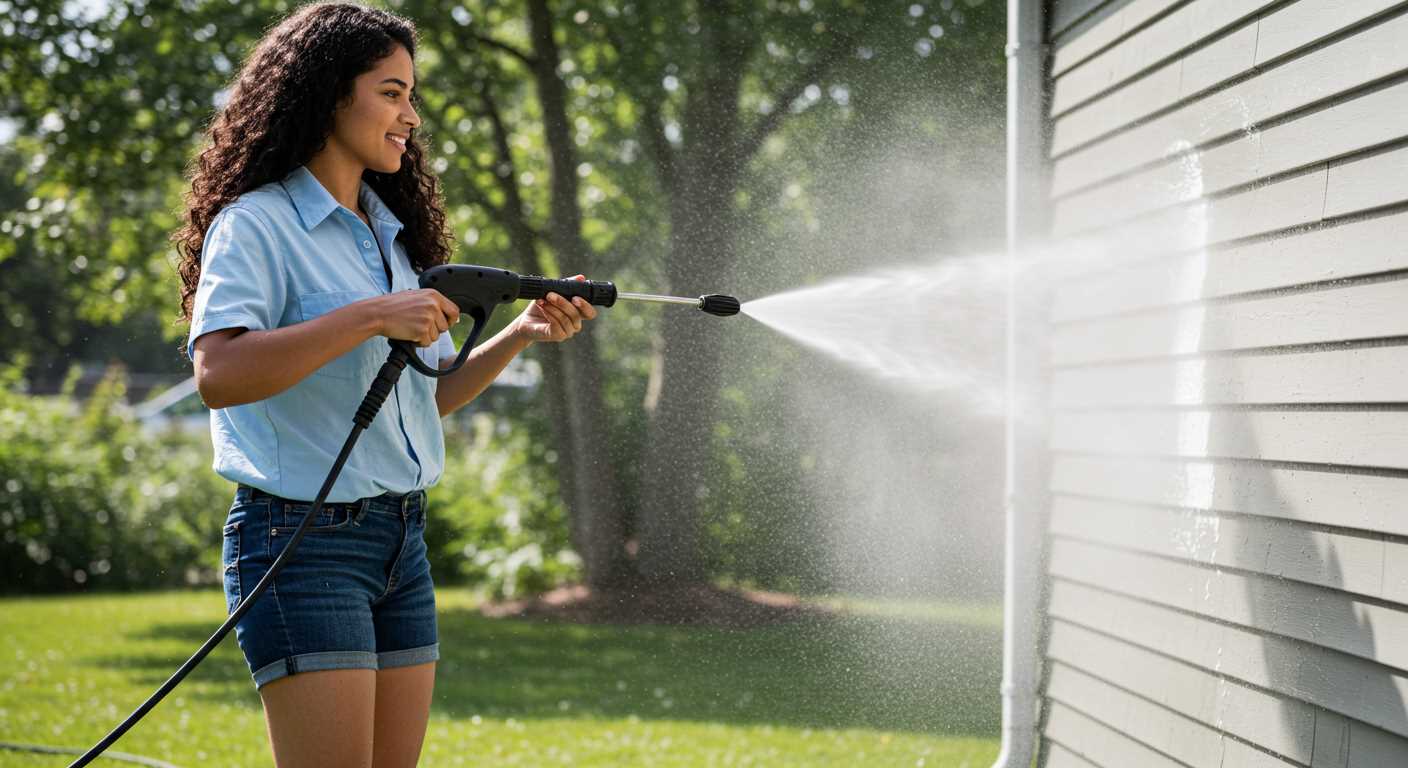
Check the water inlet for clogs and ensure the hose is free from kinks or leaks. Insufficient water flow can trigger automatic shut-off features designed to protect the motor from overheating. Use a filter to prevent debris from entering the system and maintain a steady flow.
Overheating Protection
Many models include thermal shut-off mechanisms. If the motor overheats, it will disable itself to prevent damage. Allow the unit to cool down before restarting. Regular maintenance, such as cleaning air filters and inspecting for blockages, helps maintain optimal working temperatures.
Understanding the Pressure Washer’s Automatic Shut-Off Mechanism
The automatic shut-off feature is designed to protect your unit from overheating and damage. When the motor detects insufficient water flow or engages in overworked conditions, it activates this mechanism. Here are some critical aspects to keep in mind:
- Water Flow Issues: Ensure the inlet filter is clean and free of debris. A blocked inlet can cause a lack of sufficient water, triggering an automatic shutdown.
- Pump Damage: If the pump is worn out or malfunctioning, it may not sustain adequate pressure, resulting in the motor cutting off. Regular inspections can help identify wear and tear.
- Thermal Protection: This feature usually activates when the unit overheats. Make sure your hoses are correctly set up and not kinked, which could lead to reduced water intake.
- Electrical Connections: Loose or corroded electrical connections can interrupt power supply. Regular checks can prevent unexpected interruptions to operation.
- Unloader Valve Issues: If there’s a malfunction in the unloader valve, it can disrupt the pressure level. Make sure this component is functioning correctly and replace it if necessary.
Regular maintenance is vital to ensure the longevity of your equipment. Keep an eye on filter cleanliness, pump health, and overall mechanical integrity. Implementing these practices will help reduce the risk of unexpected interruptions during use.
Common Causes of Intermittent Power Loss
Overheating is a major reason for interruptions in functioning. If the unit exceeds operational temperature, it will automatically deactivate to prevent damage. Ensure the ventilation slots are clear and not blocked by debris.
Inadequate water supply can trigger safety mechanisms. If the intake is insufficient, the operation will halt. Check hoses and connections for kinks, ensuring a steady flow.
Power fluctuation is another factor. Voltage drops or irregular electrical supply may impact performance. Always use a dedicated circuit that meets the required specifications for the unit.
Faulty components, such as a damaged trigger or worn seals, can lead to unexpected shutdowns. Regular inspections of these parts are essential for consistent operation.
Additionally, clogged filters may restrict water flow, causing the mechanism to cut off. Regular cleaning of filters ensures optimal water delivery.
Finally, an unstable power cord connection might cause intermittent issues. Secure all connections and replace any frayed cables immediately to prevent further problems.
How to Check and Replace the Power Supply Cord
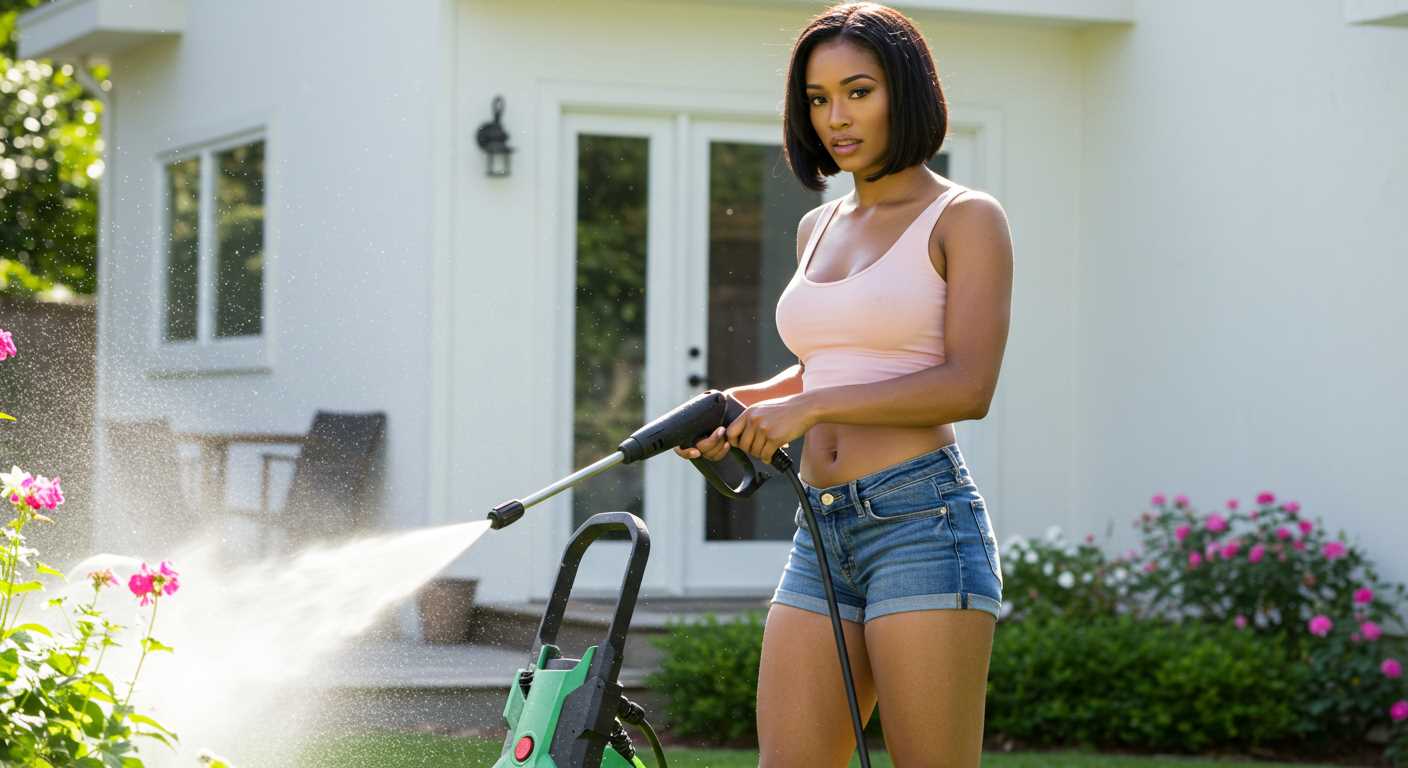
Inspect the power supply cord thoroughly for any visible damage, such as fraying or cracking. A compromised cord can lead to power interruptions. Use a multimeter to check for continuity; if the reading is zero, it’s time to replace the cord.
Steps for Replacement
1. Unplug the device from the socket and ensure it is completely powered down.
2. Remove any screws or fittings that hold the outer casing in place, allowing access to the internal components.
3. Carefully disconnect the damaged cord from the terminal connections, noting how it was attached for an accurate replacement.
4. Obtain a new cord that matches the original specifications, ensuring it’s rated for the appropriate voltage and amperage.
5. Connect the new cord to the terminals, ensuring solid connections. Use electrical tape for additional insulation if necessary.
6. Secure the casing back in place and perform a visual inspection before plugging the unit back in.
Testing After Replacement
After replacing the cord, plug the unit into a suitable outlet. Run the machine briefly to ensure consistent power without interruptions. Monitor the operation to confirm the issue has been resolved.
Inspecting the Pressure Washer for Blockages
Check the intake filter and hose for debris or build-up. A clogged filter restricts water flow, causing operational interruptions. Remove the filter and rinse it under warm water. If there’s persistent dirt, consider replacing it.
Examine the nozzle closely. A blocked nozzle can prevent proper spray patterns, leading to overworking the motor. Use a needle or a thin wire to clear any blockages. For stubborn residue, soak the nozzle in a vinegar solution before cleaning.
Inspect the hose for kinks or twists. A damaged or obstructed hose can impede water supply, triggering the shut-off mechanism. If you find significant wear or punctures, replace the hose promptly.
Evaluate the pump area for any signs of leakage or debris accumulation. Build-up can hinder performance and potentially cause shutdowns. Clean around the pump regularly to ensure smooth operation.
Finally, check the internal components if accessible. Dust and grime can accumulate inside, affecting the unit’s functionality. Use a soft brush to gently clean these parts, ensuring no loose debris is present.
Importance of Proper Water Supply and Hose Setup
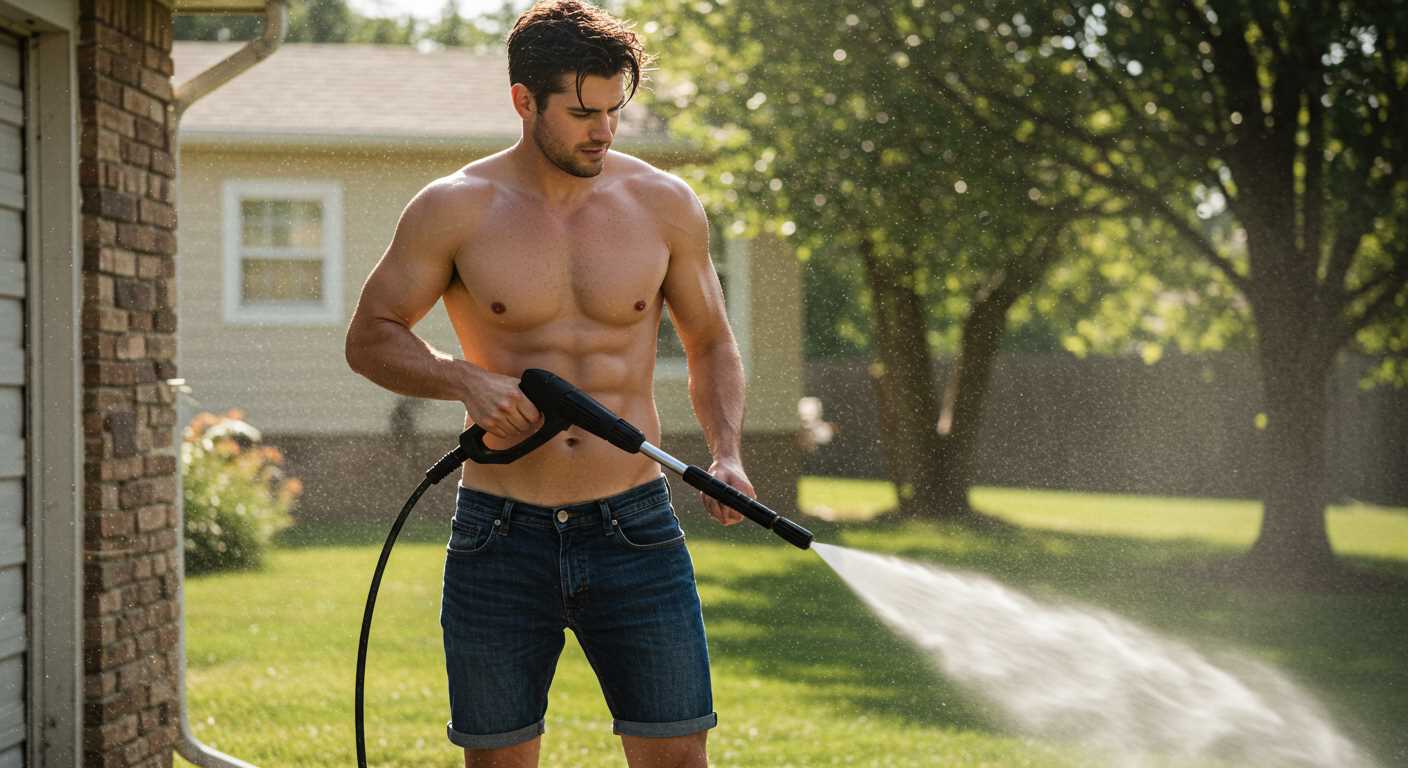
A reliable water source is fundamental when using a high-pressure cleaning device. Insufficient water flow can lead to automatic shutdowns due to overheating or low pressure. Always ensure that the hose is connected to a steady water supply and that the faucet is fully open before turning the machine on.
Correct Hose Installation
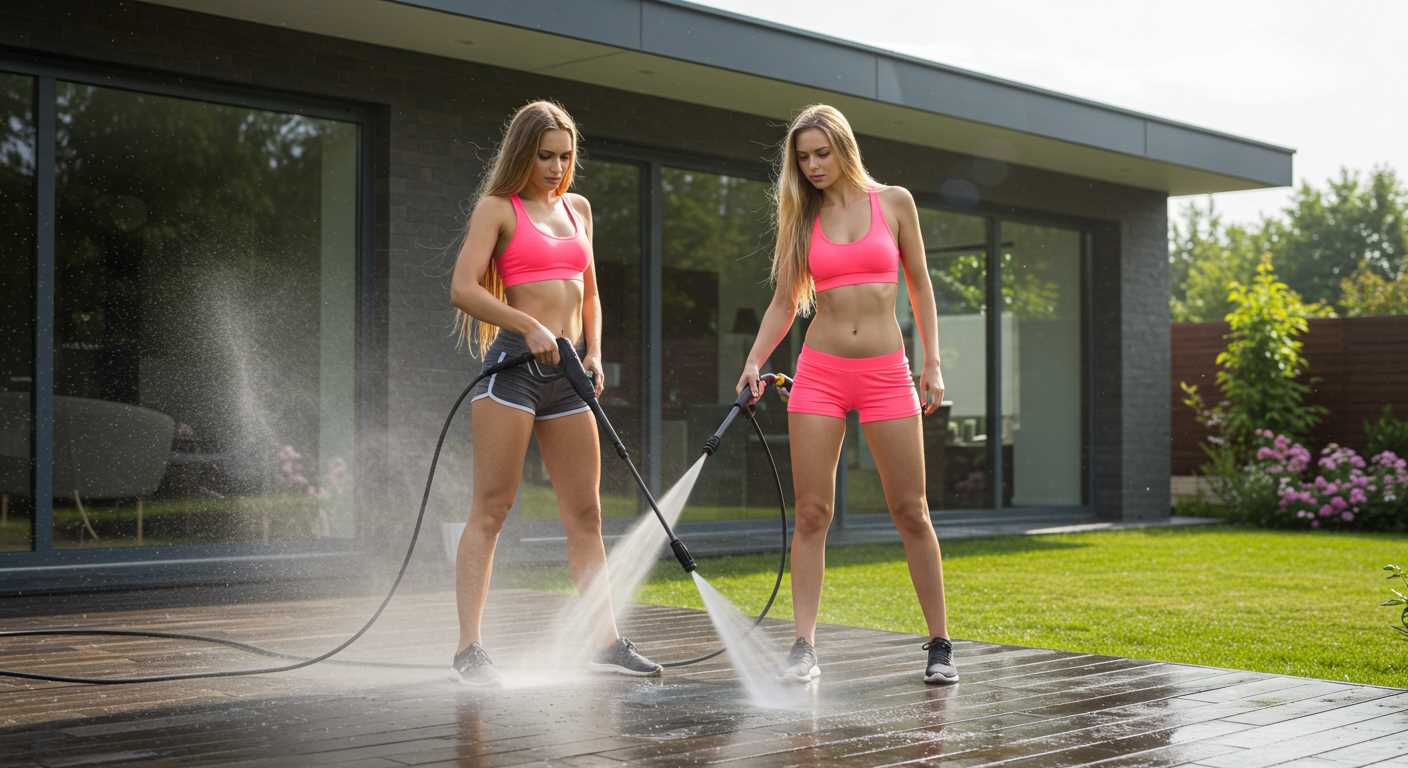
The hose setup significantly impacts performance. Investigate for any kinks, twists, or restrictions that might impede water flow. Use a hose that meets or exceeds the specifications outlined in the user manual, ensuring it can handle the water pressure required for optimal functioning. Always connect the hose securely to avoid leaks that can lead to air getting into the system, which may cause the machine to struggle with pressure.
Water Quality Considerations
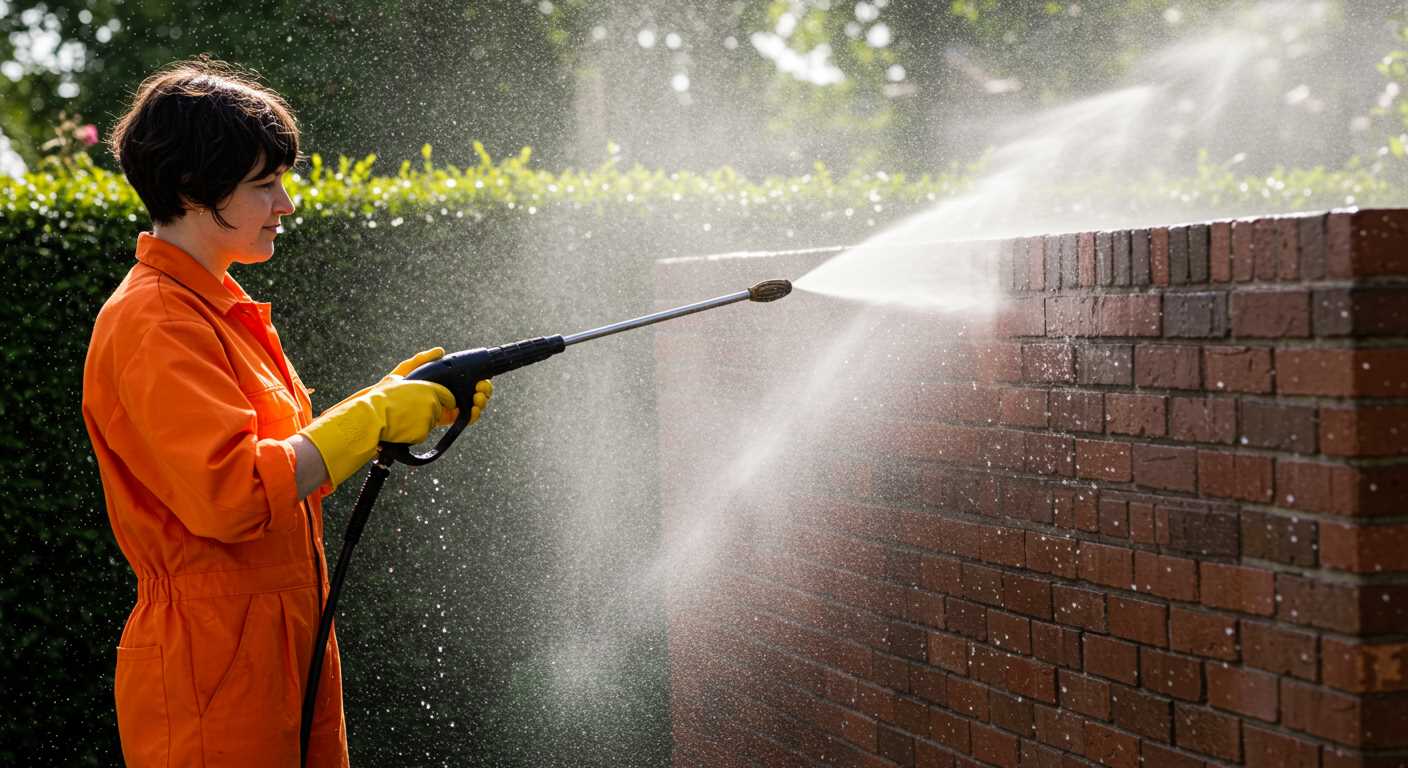
The quality of the water used also matters. Particles, dirt, or debris can clog internal components. Consider using a filter at the water intake to prevent contaminants from entering the system. Regularly inspect the water supply for clarity; if you notice any unusual particulates, switch to a different source or clean the intake filter to maintain smooth operation.
When to Seek Professional Help for Repair
If troubleshooting methods fail to resolve issues with your cleaning unit, it’s time to consider expert assistance. Here are specific scenarios that warrant professional intervention:
| Scenario | Recommendation |
|---|---|
| Persistent power interruptions after checks | Contact a certified technician to assess the internal circuitry and components. |
| Strange noises or vibrations during operation | Arrange for a mechanic to evaluate potential mechanical failures or part misalignments. |
| Visible leaks around components | Seek professional help to examine seals, gaskets, and housing for integrity issues. |
| Unusual odours during use | Consult with a specialist immediately to diagnose overheating or electrical problems. |
| Inability to build pressure despite correct setup | Engage a service technician to inspect the pump and internal valves for damage. |
Attempting to fix complex issues without the proper knowledge or tools may lead to further problems. An expert’s experience ensures that repairs are handled safely and effectively, restoring functionality to your equipment.








